MACHAS
News - All the latest news straight from the artists themselves

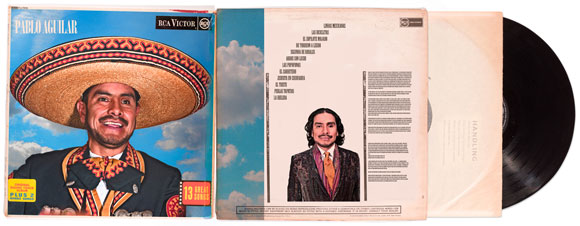

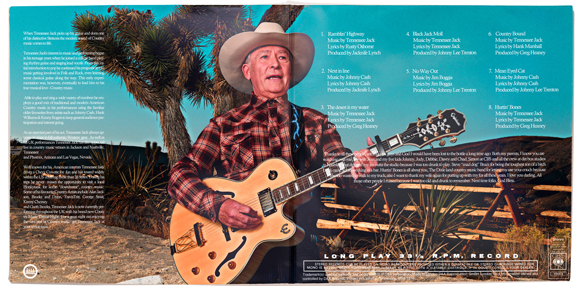
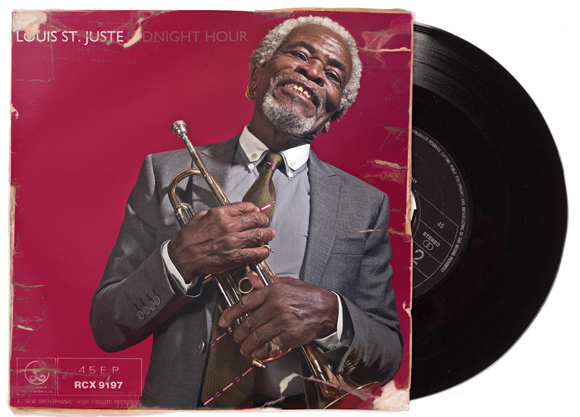
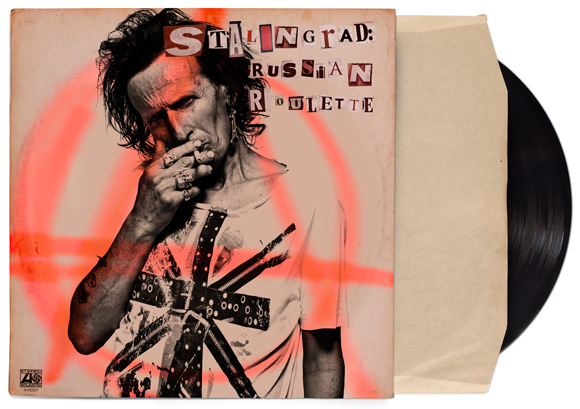


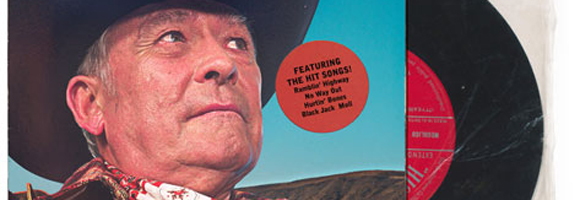
Diver & Aguilar re-invent Album Art for Riders magazine’s October issue
As any record collector can tell, nothing compares to the experience of music listening in the pre-CD era. The record as a physical object strikes the listener’s imagination with a complex system of messages, involving hearing as well as smell, touch and of course sight.
Throughout the years the record industry has supported numerous artists that went on to produce some of the most recognizable and loved images of pop culture. With the slow, steady decrease in popularity of the medium, the art of the cover has ceased to have such a central position in our culture – and frankly, we’ve never seen anyone hanging their favorite CDs on the wall.
Machas Artist’ Mike Diver, other half of photo duo Diver & Aguilar, has been a vinyl aficionados for years: in fact before he team up with Pedro, he was a successful music photographer. Diver & Aguilar’s latest project developed for Riders Magazine, Retro Vinyl LP, delve into the golden years of Album Art to recreate a exemplar record collection of extremely eclectic taste.
M: Mike, how this project came about?
MA: the original “spark” actually came from Filippo [La Bruna - Riders’ Fashion Director] when, while on holiday, he saw some old Turkish vinyl records. Originally we were thinking to develop a project with completely obscure covers or from traditional music from around the world, but once I started researching we came to the conclusion that both the casting and fashion would be extremely difficult. We decided to go down a more mainstream route with covers from the 1950’s to the early 90’s. Usually a project like this comes either from the photographer or the creative director but in this case it was a joint collaboration between Filippo, Pedro and myself.
M: How long did it take to complete the project?
MA: Six months in total. Research and prep was probably around 3 months. If this was an advertising campaign, our focus on the research could have been concentrated in a shorter period of time but we had quite a few commercial productions going on at the time. Either way, whenever you work on this kind of project you do need to digest the concept and refine the idea, it can’t be rushed. The whole shoot was done in 3 days. All of the backgrounds, for example the cowboy cover and Bling (The Car), are also our pictures. I like to use our own imagery for composites - unless I absolutely have to, I don’t like using stock photos. Post production was another two months: again, we were working on a few other projects, but I did then have one of my retouchers on this almost full time for one month. The reason? We did all the graphic design and layouts and typography and this needed to be researched as well.
M: How did the selection of the genres to shoot came about?
MA: The selection of the genres was decided three ways. Firstly I wanted to make the project as diverse as possible: for example I wanted to have a jazz cover. Secondly, the research phase helped to refine the idea and review the information visually. And thirdly we did a large casting and further ideas came from there, we actually we found people who would fit certain styles of music that we had not considered.
M: How did you scout your models?
MA: For the casting, I use a lot of alternative model agencies. I also run adverts on musician/artist blogs to see if we get any connections that way and we contact various venues and people I know in the scene.
M: I saw a familiar face in the Russian Roulette cover: you used the same model of the Rockers shooting [Riders Mag] - why did you decide to use him again?
MA: We used Brian because we wanted to be as realistic as possible. Brian is an original associate of the Sex Pistols and was with them in New York in 1979 when Sid vicious died. His life and story fascinates me. He is a bit of a muse for me and you find something new every time you photograph him.
M: Any funny story from the shooting?
MA: Happy memories. The Hellbound Rider LP features the rockabilly band Furious and they played live in the studio - as did the mariachi Pablo Aguilar, who was amazing and made everybody smile.
M: What’s your favorite cover?
MA: I love the project as a whole, but my favorites would be the Jazz Covers of Louis St. Just, Pablo Aguilar the mariachi, the “War” double gatefold which is loosely based on the U2 covers/Iggy Pop.
PA: My favourite has to be the last one (yellow Vinyl) because it’s inspired on one of David Bowie’s artwork - and he is one of my favorite artists!
See Diver & Aguilar’s portfolio









